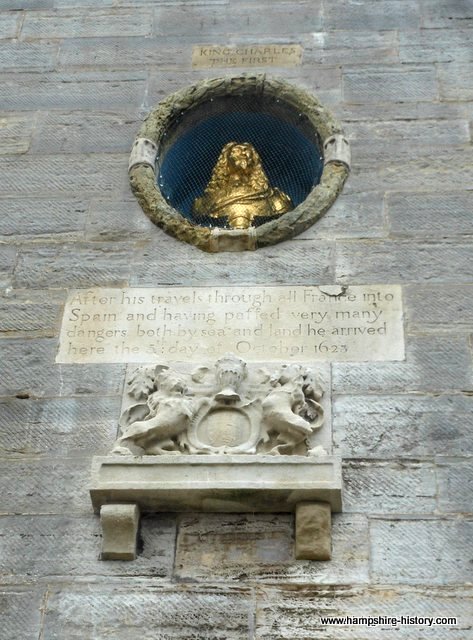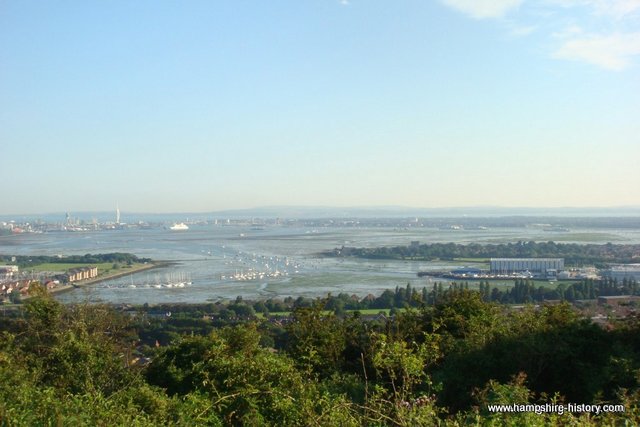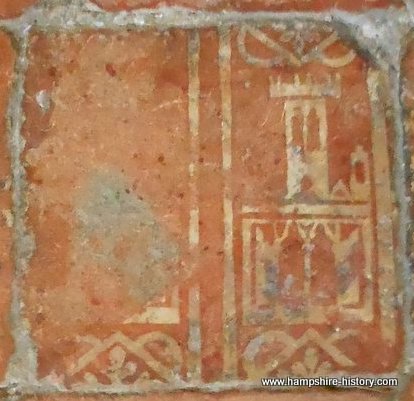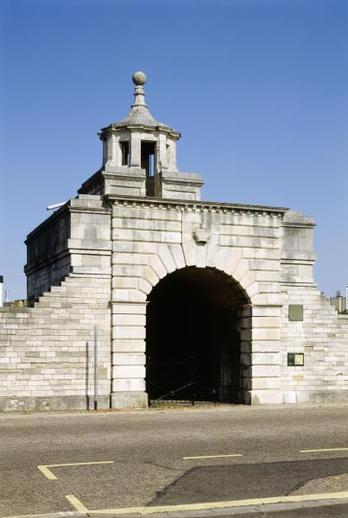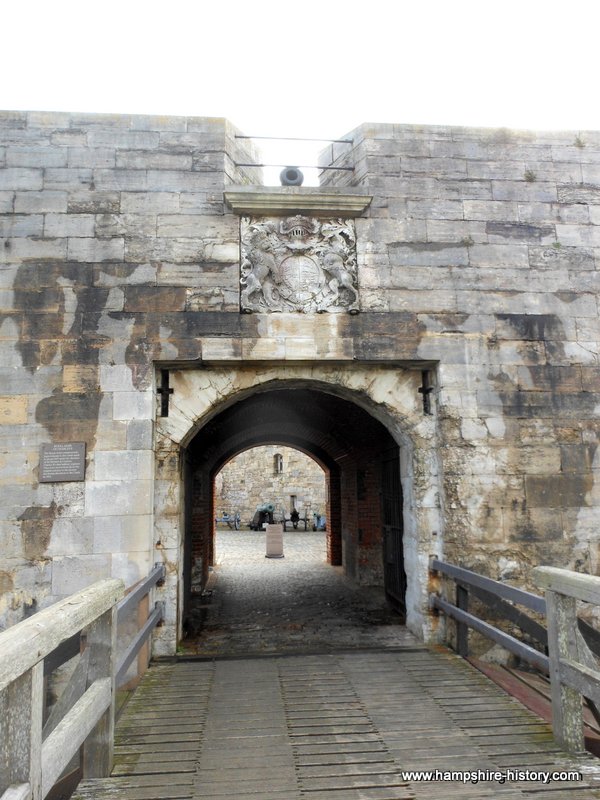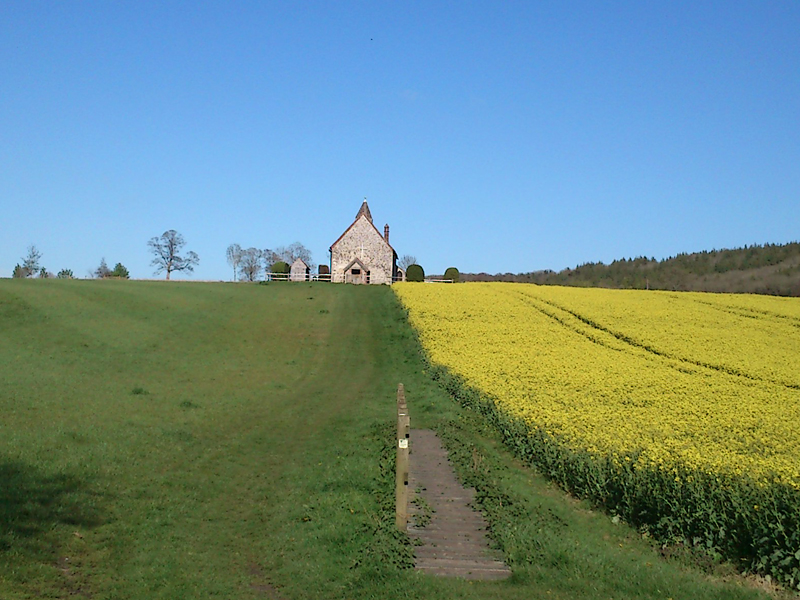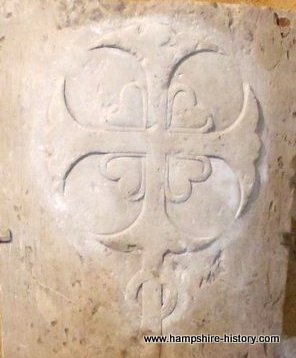Periods of British and Hampshire’s History
Portsmouth and King Charles I
What is the connection between Prince Charles (later King Charles I) and Portsmouth?
Read MoreThe Port of Portsmouth Hampshire
Why did Portsmouth become the home of England’s Royal Navy, it had an inauspicious start as a swampy disease ridden island but it grew into an important first line defence against French invasions
Read MoreWilliam Cowper Hampshire Surgeon
The memorial and headstone to one of Englands most important surgeon / anatomists, lies in the church of St Nicholas Hampshire. A simple unpretentious church not far from Alresford.
Read MoreHayling Priory
Hayling Island Priory has long since disappeared without trace but the history of it’s links with the French abbey of Jumièges is well documented and an intriguing part of Hampshire history
Read MoreLandport Gate and Area 1760
The iconic Landport Gate in Portsmouth This gate maybe attributed to a design by Nicholas Hawksmoor, it is the Landport gate that formed part of the old Portsmouth defences. Thae “Land Port” gate still stands as the gateway to the dockyard and it was named thus and then attributed to the surrounding area around 1831,…
Read MoreSamuel Pepys and the Commissioner of The Dockyard Portsmouth 1665
This snippet relates to correspondence written by Thomas Middleton in 1665 (the time Of Newton) regarding the lack of seamen to man the ships in Portsmouth, as with many correspondents throughout the ages Mr Middleton appeared to actively dislike Portsmouth… “For my part to you as a frinde I declayre I intend not to make…
Read MoreHampshire Church Treasures: 4 St Thomas a Becket
The church of St Thomas a Becket Warblington Hampshire, has a small plaque dedicated to the memory of Raffe Smalpage, chaplain to Thomas Wriothesley, a real Hampshire Church Treasure
Read MoreSouthsea Castle and The Battle of the Solent
Southsea Castle owes its existence to the French and King Henry VIII, as he set about building a series of fortifications to defend the southern coasts
Read MoreHampshire Church Treasures 3: All Saints Church East Meon
Another Hampshire Church Treasure resides in All Saints East Meon, the simple plaque found in the east wall has a curious tale behind it
Read MoreHampshire Church Treasures 2: St Mary’s Amport
Hampshire churches contain many extraordinary objects and artefacts. This is number two in a series of Hampshire Church Treasures, to share these intriguing objects
Read MoreHampshire Church Treasures: St Michael’s Church Chalton
Hampshire church treasures. Just one in a series of posts about interesting and intriguing objects that can be found in the churches of the beautiful county of Hampshire.
Read MoreSt Hubert’s Church Idsworth
The Medieval wall paintings in the church of St Hubert, formerly St Peter, in Idsworth Hampshire are some of the most poignant Christian wall paintings to be seen. The chapel stands alone in a field, all that is left of an Anglo Saxon settlement, one of a number of lost Hampshire villages, after the spread of the black death throughout the county.
Read MoreEarly Anglo Saxon Hampshire
Early Anglo Saxon settlement in Hampshire is an elusive creature, traces found on the chalk ridges and river valleys allow us the merest peek of a time of important change. Are current day settlement patterns a result of settlement 1500 years ago or are they a consequence of later Anglo Saxon settlement?
Read MoreVirgin Crowns of Abbotts Ann
The virgin crowns of Abbots Ann are a unique part of Hampshire History and provide a very emotive link to our past.
Read MoreMystery of King Alfred’s Final Resting Place
The mystery of King Alfred’s final resting place may be closer to being resolved as St Bartholemew’s church at Hyde prepares to ask for permission to exhume and identify the bones in an unmarked grave at the church.
Read MoreKing Alfred and The Vikings
King Alfred’s life was dominated by the incessant attacks by the Vikings but how did Alfred succeed in defeating them when so many other kings had failed and did that defeat then propel him to become King of all England.
Read MoreWho was on the Mayflower in 1620?
Who was on the Mayflower as it set sail from Southampton Hampshire in 1620 and why did it have to return to Plymouth? The sailing of the Mayflower from Southampton is one of Hampshire’s most iconic historical moments.
Read MoreSt Francis Window Selborne
The beautiful window of St Francis, in St Mary’s church Selborne commemorates the life of Gilbert White.
Read MoreMassey’s Folly Farringdon
Massey’s Folly in Farringdon Hampshire, is an extraordinary labour of love. Built by the Rev Thomas Massey over a period of thirty years, the folly is a monument to the pursuit of art in architecture, its purpose uncertain.
Read MoreKnights Templars at Selborne
The Knights Templar tombstones in St Mary’s church Selborne are the sole surviving artefacts of the Knights Templar preceptory established at Sotherington close to Selborne in Hampshire
Read More
